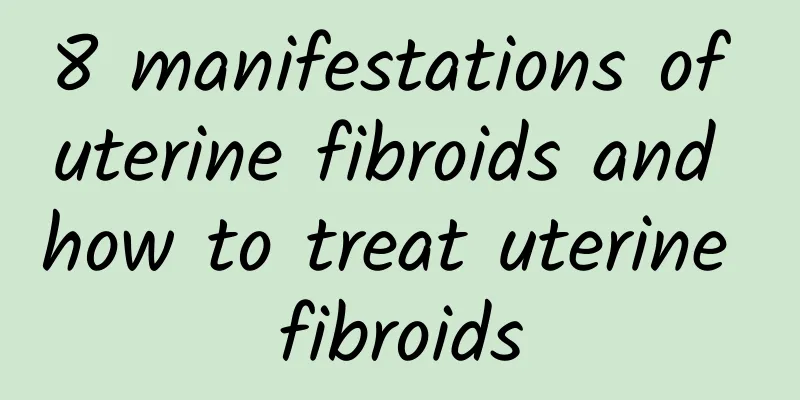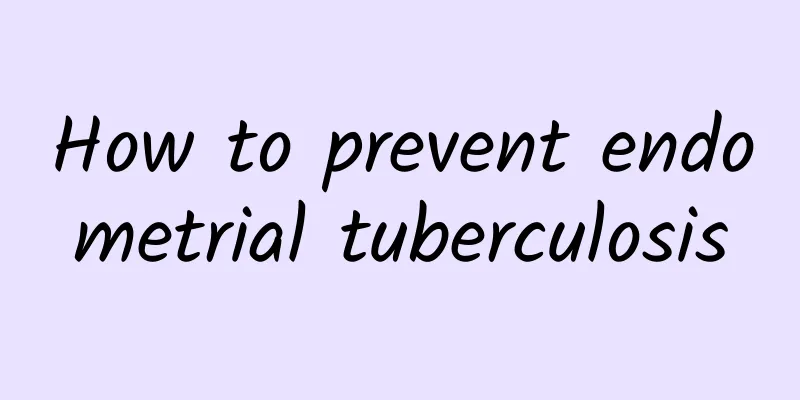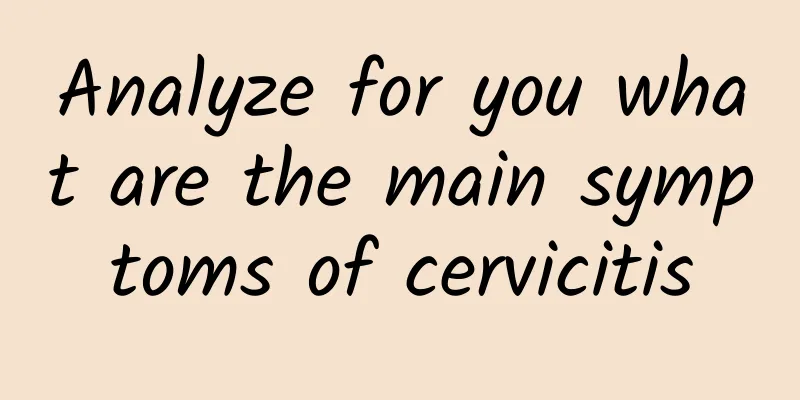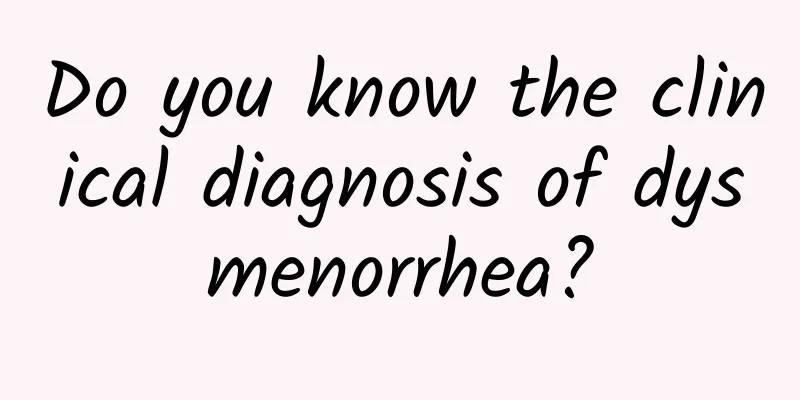8 manifestations of uterine fibroids and how to treat uterine fibroids

|
Uterine fibroids, also known as uterine leiomyoma, are the most common benign tumors of the female genitalia. Most are asymptomatic, and a few show symptoms of vaginal bleeding, abdominal contact with the tumor, and compression symptoms. If pedicle torsion or other conditions occur, it will cause pain. Multiple uterine fibroids are common. According to traditional Chinese medicine, uterine fibroids are caused by seven conditions, visceral dysfunction, qi stagnation, and blood stasis. Modern medical research has found that the amount of estrogen receptors in fibroid tissue is greater than that in normal uterine muscle tissue. It is suggested that the occurrence of uterine fibroids is related to endocrine disorders caused by long-term excessive estrogen levels. At the same time, hormone metabolism is controlled by advanced nerve centers, so nerve center activity may also play a very important role in promoting the disease. In addition, cytogenetic studies have shown that some fibroids have cytogenetic abnormalities, so it is recommended to use treatment that can achieve good results. The exact cause of uterine fibroids is still unclear, and it may be related to excessive estrogen levels in the body and long-term estrogen stimulation. Eight manifestations suggestive of uterine fibroids Most patients have no obvious symptoms and are only occasionally found during pelvic examinations. If symptoms occur, they are closely related to the location, growth rate and degeneration of the fibroids. 1. Menstrual changes: The most common symptoms are shortened menstrual cycle, increased menstrual volume, prolonged menstruation, irregular vaginal bleeding, etc. 2. Abdominal mass: abdominal distension, swelling in the lower abdomen, accompanied by a feeling of falling. 3. Increased vaginal discharge: Increased vaginal discharge, sometimes with a large amount of purulent and bloody discharge and necrotic tissue discharge with a foul odor. 4. Pain: Generally, patients do not have abdominal pain, but often have lower abdominal swelling, back pain, etc. When the subserosal fibroid pedicle is twisted, uterine fibroids may cause acute abdominal pain, the fibroids change red, the abdominal pain is severe, and is accompanied by fever. 5. Compression symptoms: When the fibroid grows forward or backward, it can compress the bladder, urethra or rectum, causing frequent urination, dysuria, urinary retention or constipation. When the fibroid grows to both sides, it will form a broad ligament fibroid, compressing the ureter or hydronephrosis; if it compresses the pelvic blood vessels and lymphatic vessels, it will cause lower limb edema. 6. Infertility: Fibroids compress the fallopian tubes and cause them to twist, or deform the uterine cavity, hindering the implantation of the fertilized egg and leading to infertility. 7. Secondary anemia: If the patient has excessive menstruation for a long time, it may lead to secondary anemia, with symptoms such as general fatigue, pale complexion, shortness of breath, and palpitations. 8. Hypoglycemia: Hypoglycemia with uterine fibroids is also rare. The main symptoms are low fasting blood sugar, loss of consciousness, shock, and the symptoms completely disappear after glucose injection. After tumor resection, the symptoms of hypoglycemia completely disappear. Explain several methods of treating uterine fibroids 1. Regular follow-up: Myomas are small, asymptomatic, without complications or degeneration, and have no impact on health. For perimenopausal patients, who have no clinical symptoms, only regular follow-up observations (once every 3 to 6 months) are required, and treatment will be decided based on the review results. 2. Drug treatment: The basis of uterine fibroid treatment is that uterine fibroid is a sex hormone-dependent tumor, so antagonist hormone drugs are used for treatment, and other androgens, progesterone and vitamin drugs are also used. Experts remind: These two methods are mainly suitable for young people who need to maintain fertility; premenopausal women, fibroids are not large, symptoms are mild; combined with internal medicine, surgical diseases can not be competent for surgery or unwilling to surgery. 3. Surgical treatment: Surgical treatment of uterine fibroids includes hysterectomy and myomectomy. (1) Hysterectomy: If drug treatment is not expected to improve the patient's symptoms and the surgeon is not qualified for myomectomy or appropriate hysterectomy, total hysterectomy or suprapubic hysterectomy can be selected for hysterectomy. Total hysterectomy is generally recommended, especially for patients with severe cervical hypertrophy, laceration or erosion. However, if the patient is in poor general condition and technical conditions are limited, only total hysterectomy can be performed. The incidence of stump cancer is only about 1-4%, but regular examinations should still be performed after surgery. (2) Myomectomy: Myomectomy and uterus-preserving surgery are mainly used for women under 45 years old, especially those under 40 years old. It is not only for infertile women without children, but also for women with children. Myomas with a diameter greater than 6 cm, heavy menstruation, ineffective conservative medication, or compression symptoms, submucosal myomas; people with rapidly growing myomas should also undergo resection for their physical and mental health. 4. Minimally invasive radiofrequency ablation for uterine fibroids, no need for surgery to protect the uterus. The operation is performed under the full screen, with B-ultrasound dynamic guidance and superconducting needle intervention in the lesion. The temperature is accurately controlled, without damaging normal tissues, and accurately intervenes in the lesion site. The lesion tissue is dehydrated, coagulated, and necrotic through biological high heat, and is absorbed by normal tissues and automatically discharged. Thus, uterine fibroids are eliminated without affecting the normal function of the uterus. |
>>: What are the treatments for uterine fibroids? Is the incidence of uterine fibroids high?
Recommend
What does hemorrhage mean?
Hemorrhage is actually a figurative term used to ...
What is the reason why my period hasn’t ended for 20 days?
What is the reason why my period hasn’t ended for...
What kind of surgery can be done for large uterine fibroids? ...
Uterine fibroids are one of the most common gynec...
Symptoms of premature ovarian failure
Symptoms of premature ovarian failure: In fact, o...
Reasonable exercise can effectively prevent pelvic inflammatory disease
Pelvic inflammatory disease is a common gynecolog...
How long is the best time to have an abortion during pregnancy
Nowadays, many young people pursue pleasure and t...
What should I do if bacterial vaginosis recurs?
The recurrence of bacterial vaginosis can general...
Experts analyze the specific causes of cervicitis
Cervicitis is a relatively serious gynecological ...
Full launch! Zhang County conducts large-scale inspection of livestock and poultry meat products
In line with the central government's policy,...
Is it necessary for patients with cervical erosion to undergo TCT examination? Two common senses about TCT examination of female cervical erosion
Adult women should be familiar with the phenomeno...
Diagnostic tests for Bartholinitis
The occurrence of the disease makes many people s...
Xiao Shushen refuses fat and starch, and extreme weight loss may cause belly fat
In order to make a comeback, artist Hsiao Shu-she...
What are the common hazards of cervical erosion?
In today's society, cervical erosion is one o...
The endometrium is 14mm thick and I haven't had my period for two months. What should I do?
The endometrium is 14mm thick. If you haven't...
Do you know the early symptoms of vulvar leukoplakia?
Do you know the early symptoms of vulvar leukopla...









